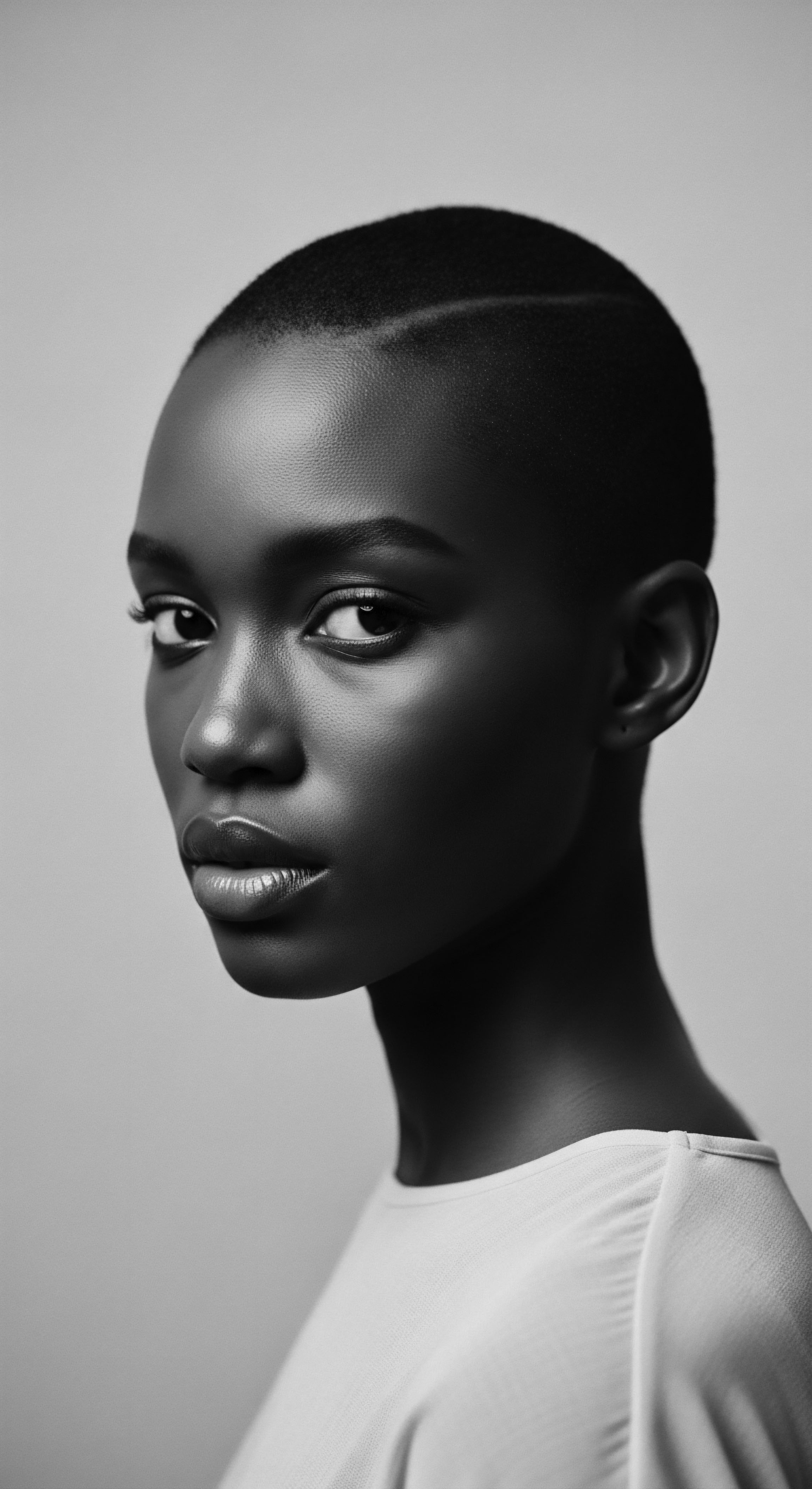
How do modern fabrics honor heritage hair care?
Modern fabrics honor textured hair heritage by offering gentle surfaces that reduce friction and preserve moisture, echoing ancestral protective practices.

How do smooth fabrics safeguard textured hair structure?
Smooth fabrics safeguard textured hair by minimizing friction and moisture loss, a practice deeply rooted in ancestral heritage and cultural wisdom.

What historical fabrics shielded textured hair from heat?
Historical fabrics such as linen, cotton, and later silk and satin, shielded textured hair from environmental heat and friction, preserving its health and serving as cultural markers.

Which fabrics best preserve textured hair’s ancestral moisture and structure?
Smooth fabrics like silk and satin best protect textured hair's ancestral moisture and structure by reducing friction and minimizing hydration loss.

Why does textured hair need specific fabric protection?
Textured hair requires smooth fabric protection to reduce friction and preserve its ancestral moisture and structural integrity.

What scientific principles confirm the protective benefits of smooth fabrics on textured hair?
Smooth fabrics reduce friction and preserve moisture, validating ancestral practices that protect textured hair's delicate structure and heritage.

How does a bonnet’s fabric protect textured hair?
A bonnet’s smooth fabric protects textured hair by minimizing friction and preserving moisture, a cherished tradition woven into ancestral hair care heritage.

Why do certain fabrics protect textured hair more effectively?
Certain fabrics shield textured hair by minimizing friction and preserving moisture, a practice rooted in ancestral protection and cultural resilience.

Did ancestral headwraps offer UV defense for textured hair?
Ancestral headwraps provided significant UV defense for textured hair through dense fabrics and strategic layering, born of intuitive environmental wisdom.

What ancestral fabrics protected textured hair?
Ancestral fabrics like cotton and silk offered crucial protection for textured hair, minimizing friction and preserving moisture.

What fabrics were historically used for textured hair protection?
Historically, natural fibers like cotton and linen offered protection for textured hair, their usage evolving to deeply reflect cultural heritage.

What enduring lessons from historical fabric use inform modern textured hair care protection?
Historical fabric use informs modern textured hair protection through principles of gentle handling, moisture retention, and friction reduction, deeply rooted in ancestral care traditions.

